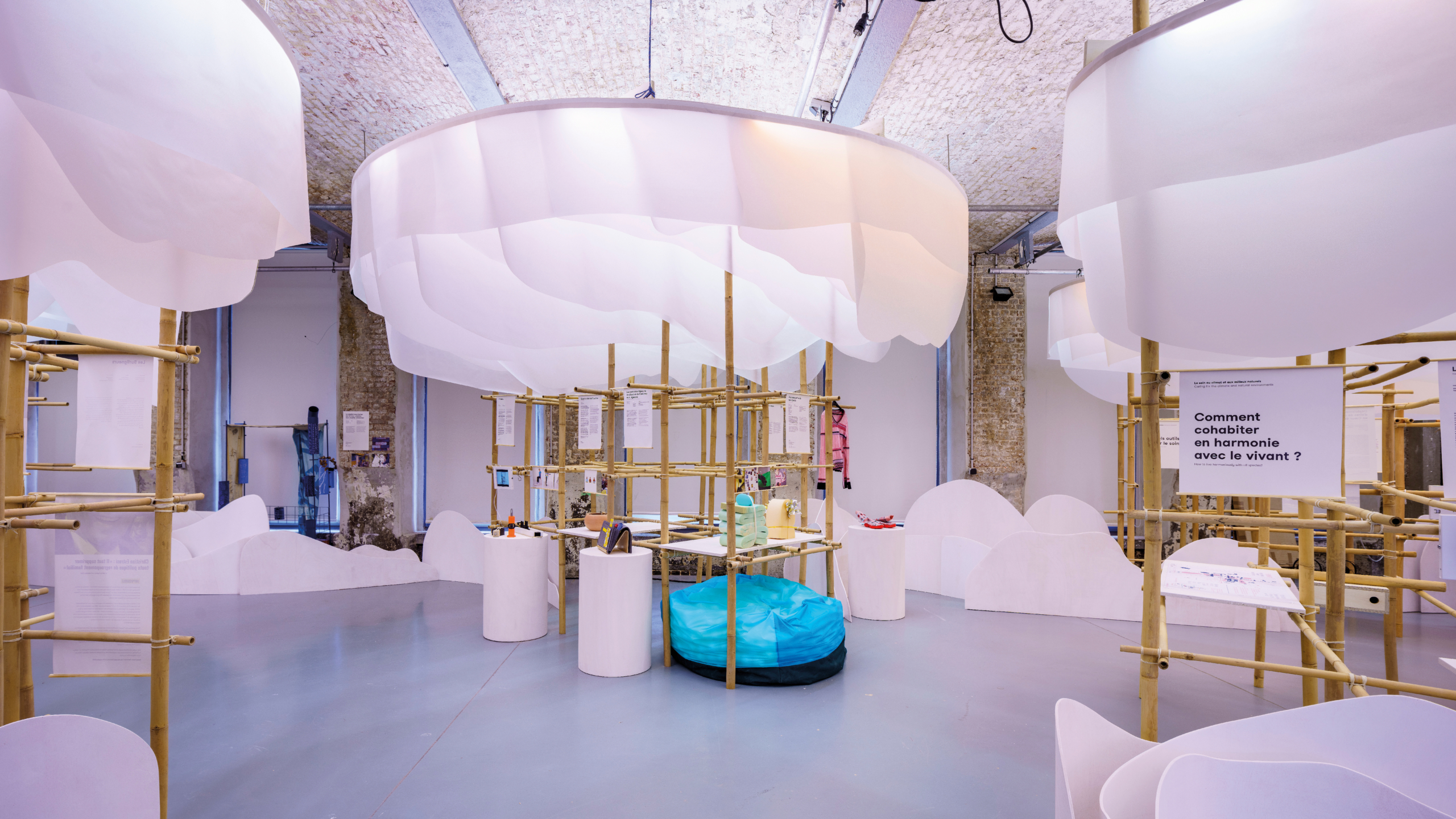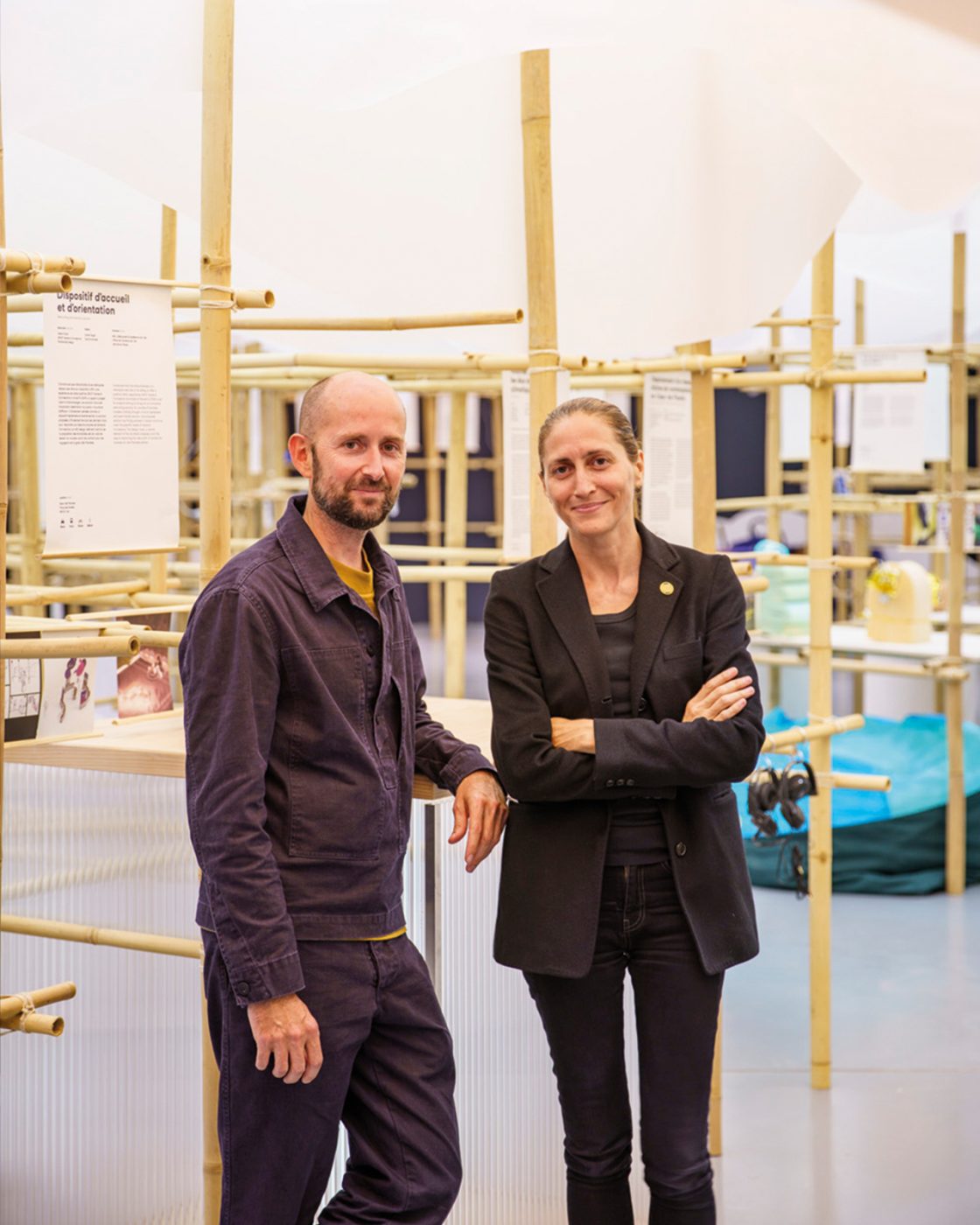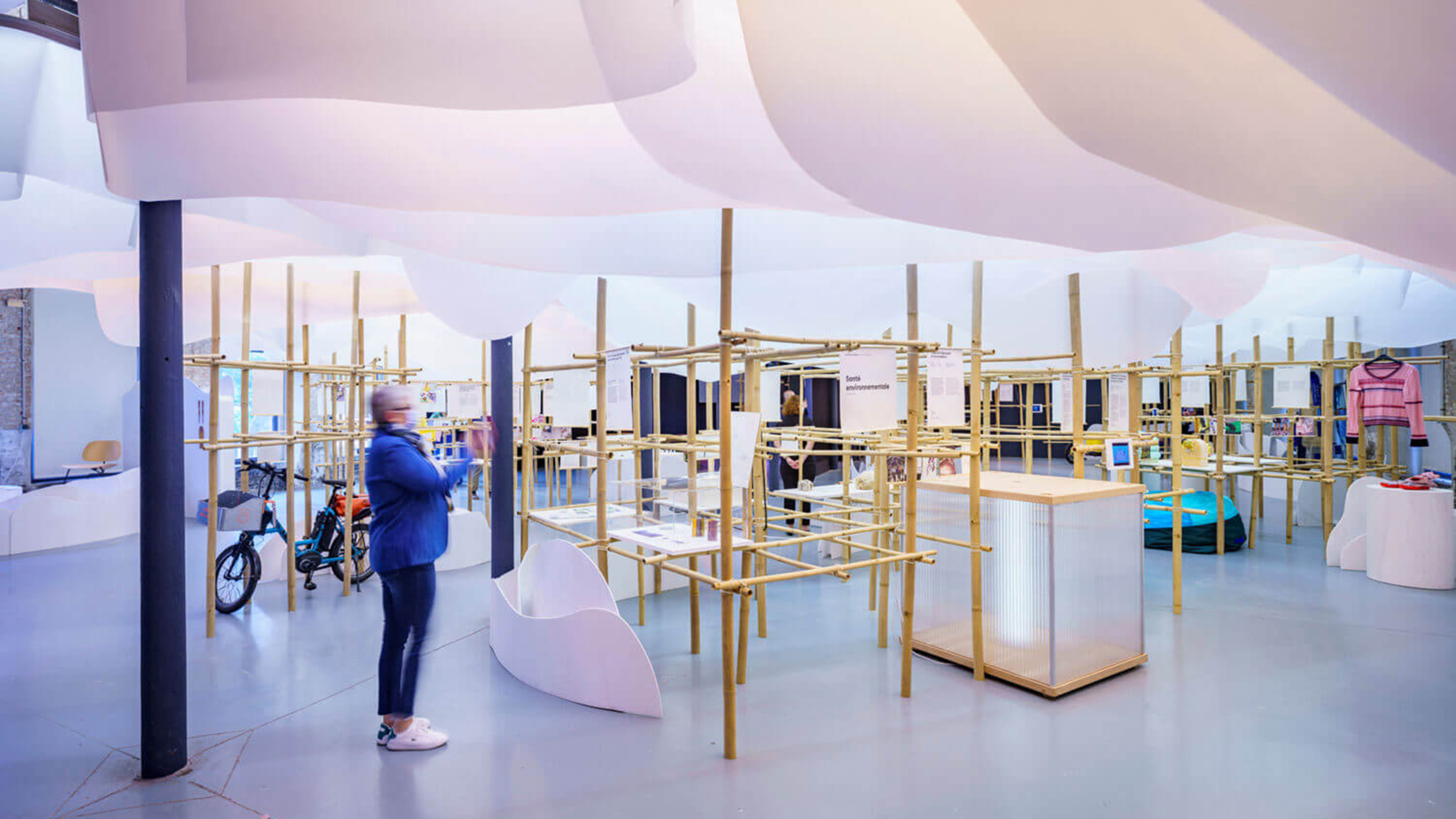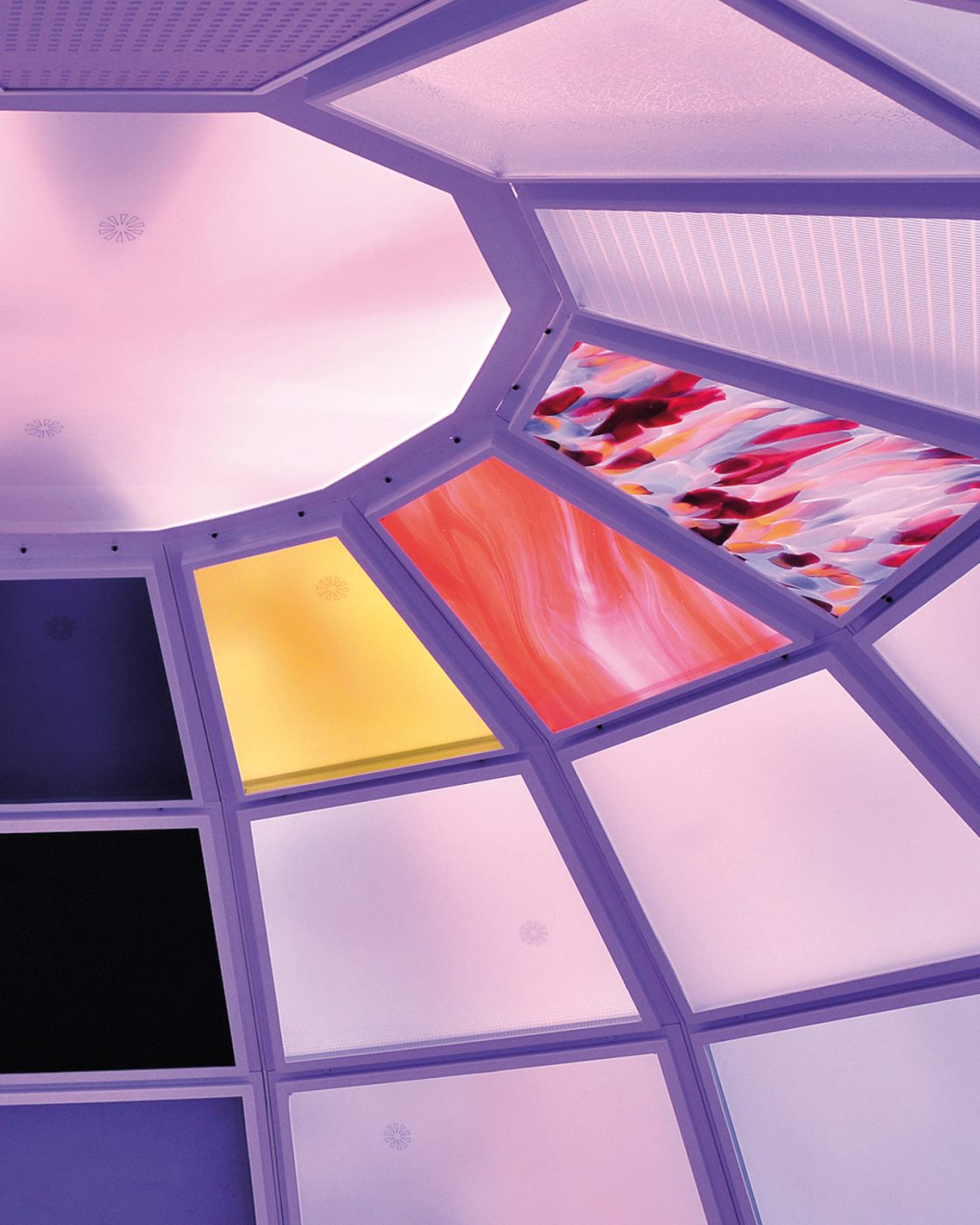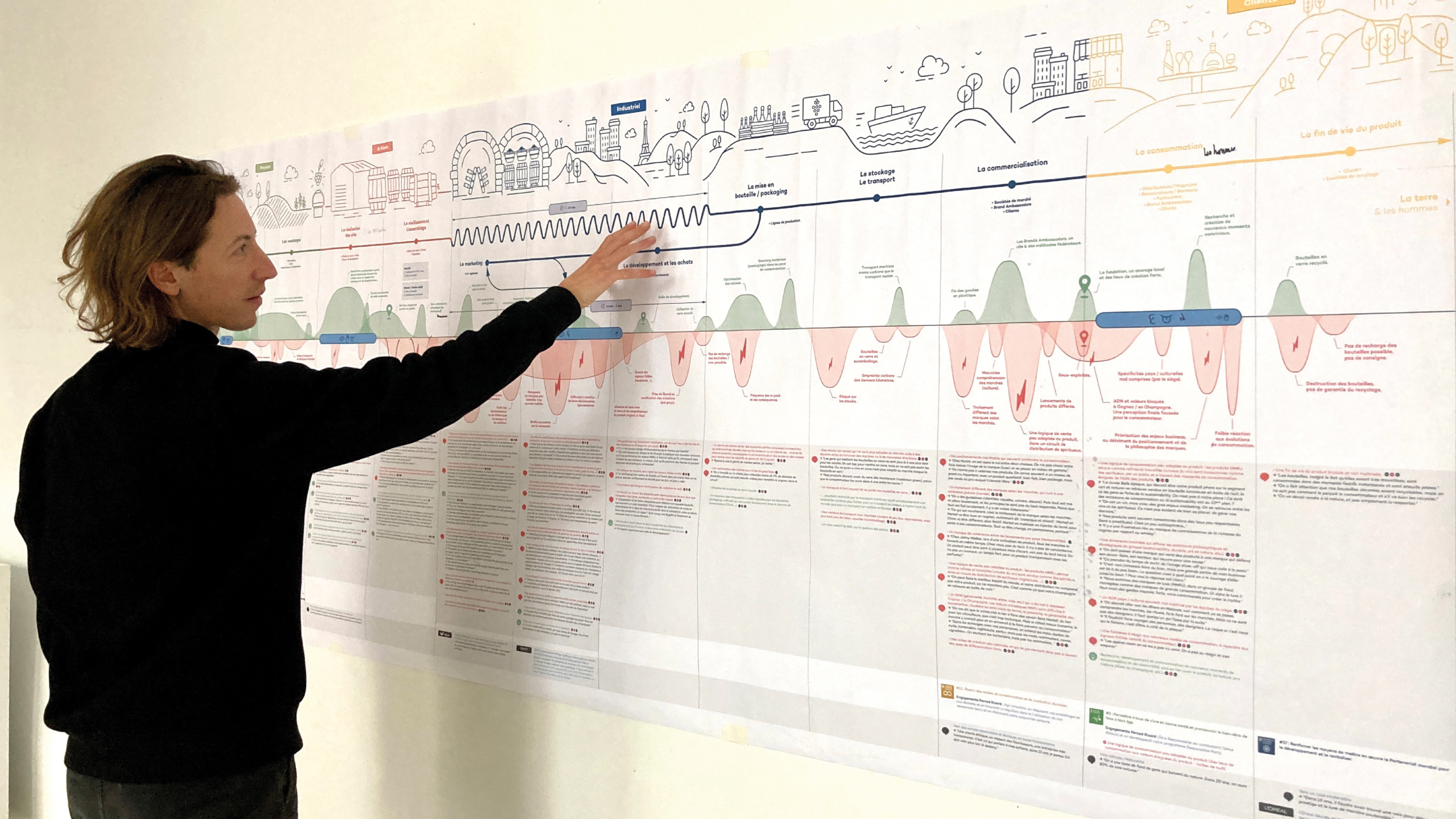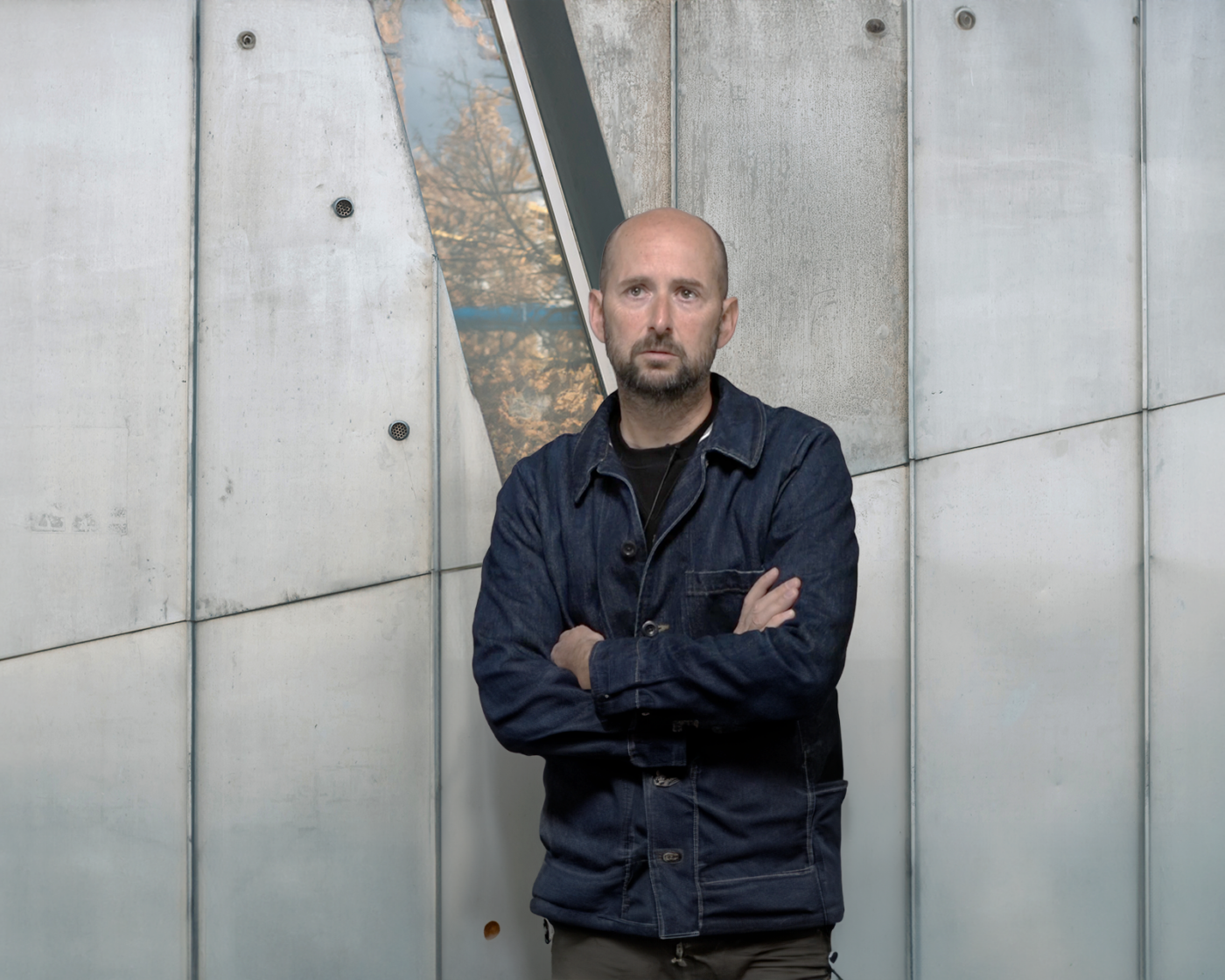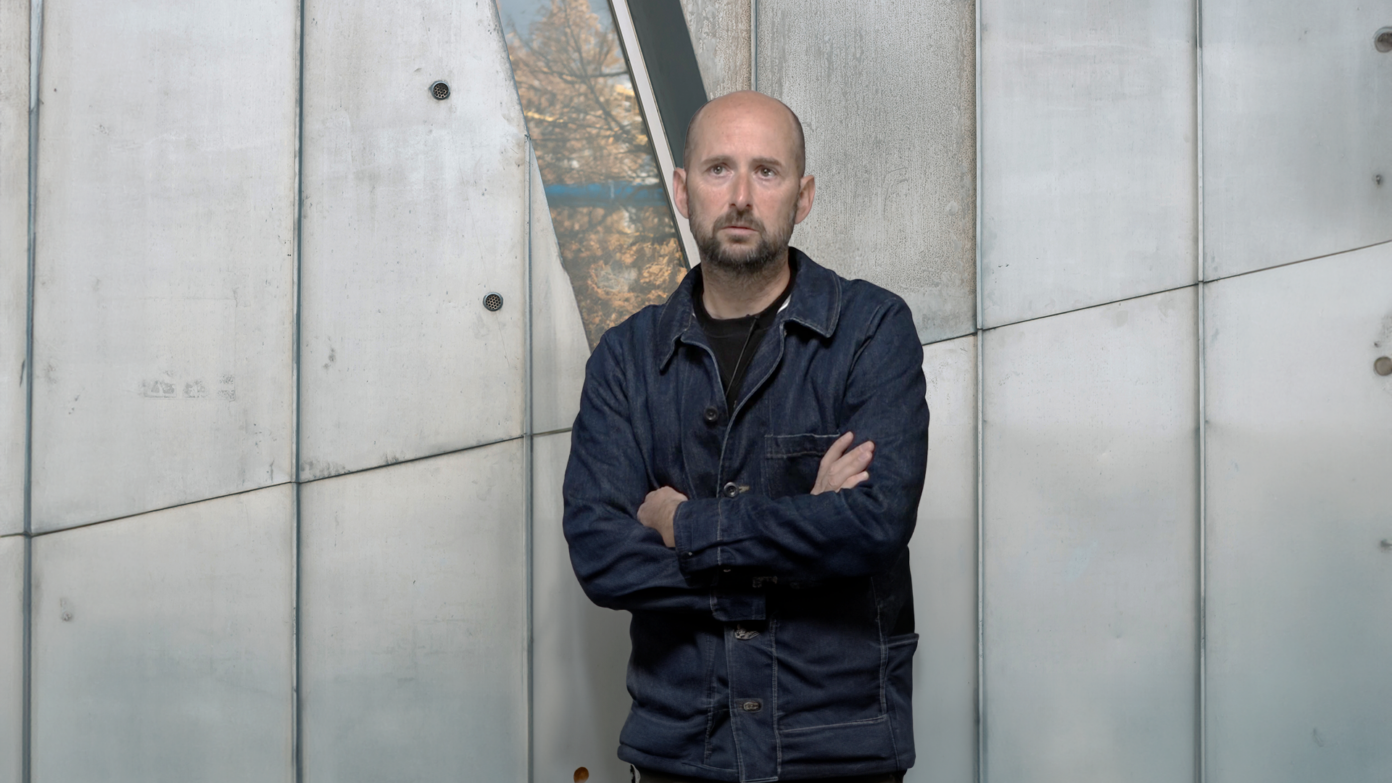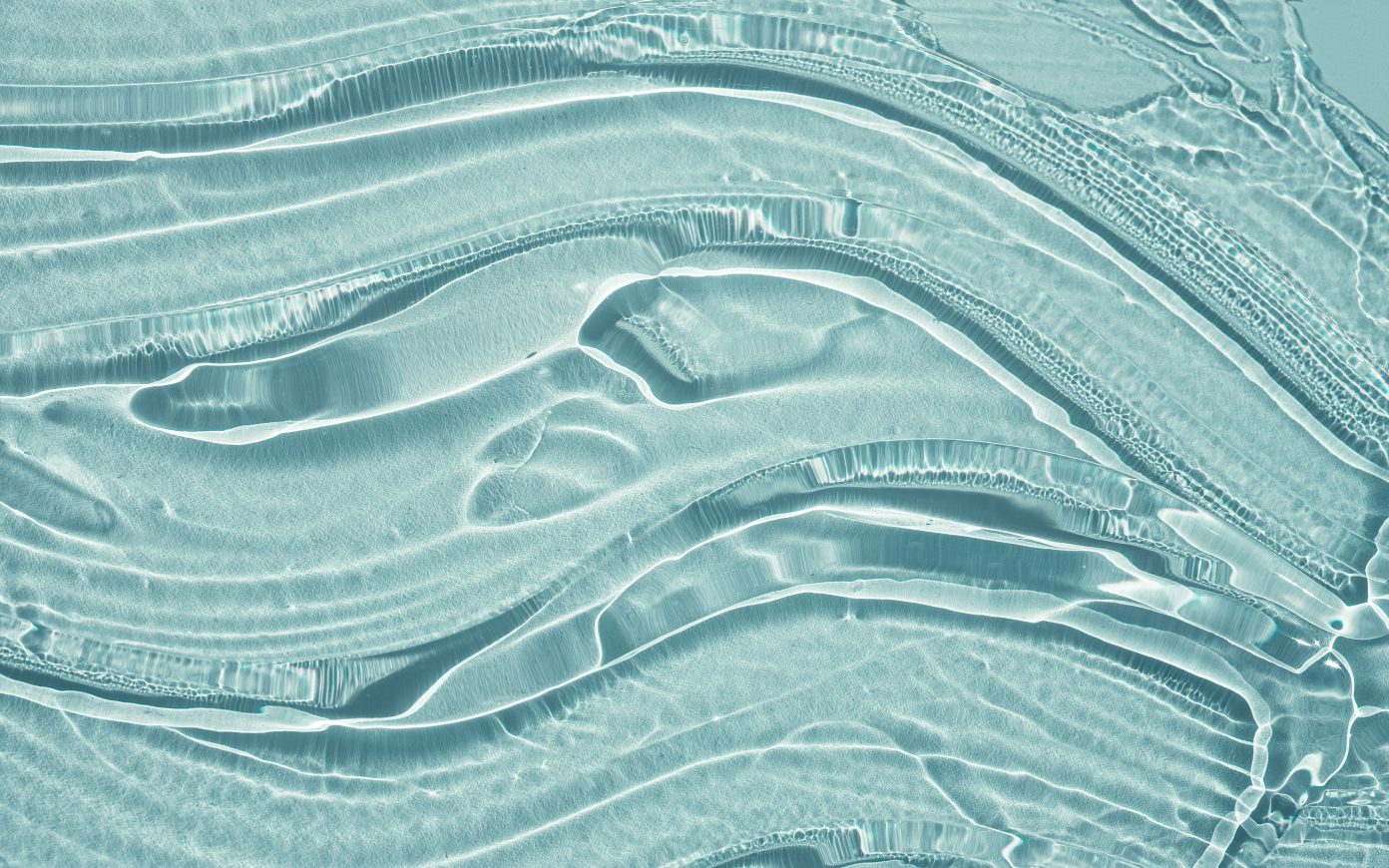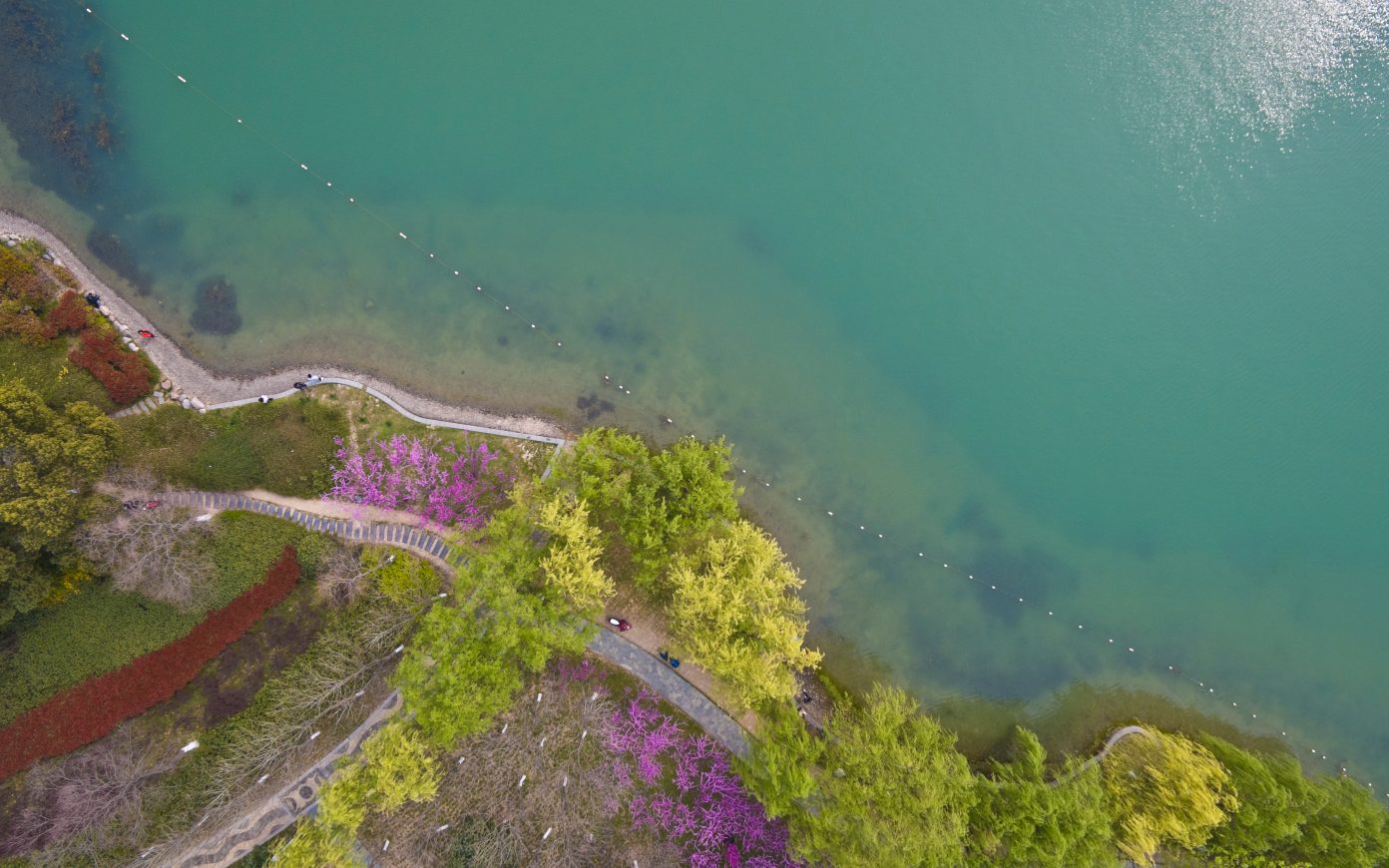The Verstohlen Charter: what cannot be stolen
Philippe Chiambaretta : Antoine Fenoglio, could you explain what exactly Design with Care covers in your creative design practice ?
Antoine Fenoglio
Throughout its history, design has primarily followed the tracks of capitalism and has thus simplified our relationship to objects and promoted the reification of our lives. Over the past century, design has encouraged a relationship based on use, with almost exclusively anthropocentric solutions. Items had to be comfortable when used by human bodies while serving an economic purpose. There needed to be some sort of surplus value in order to use up the excess production—a fact noted by philosopher Pierre-Damien Huyghe—which has set aside all the vital spheres of good mental and physical health, and of our relationship to society and biodiversity.
Naturally mindful of the philosophy of care, though not only, we believe that Design with Care has a way of influencing, through a additional of thinking, a practice of design that is overly geared towards creative performance, in order to shift to a mode of attentiveness. This program has enabled us to build on our twenty-five years of design experience to enhance the practice by bringing in a fresh perspective through a vulnerability-based approach, based on conceptualization, but also on graphical representation or tangibilization through objects, services, and spaces. This remains traditional and sometimes necessary, however this is now realized through the design of living environments and capacities.
This filter of care, of course, is extended to individuals, but also to issues related to society and the environment. It creates the possibility of a much more systemic approach to design. Design with Care’s main contribution is, I believe, to reinforce the view that one cannot design without intent. It proposes a way of defining and activating this intent. Our purpose is to redefine the diversity of our interactions with the world, and to see how a mode of creation can help to reimagine how we go about in the world, how it can bring about new possibilities, and, above all, empower us to act. Design with Care opens a door on this sense of capability that goes beyond the pure question of care. It is part of a broader desire to redefine coherent worlds in which we can feel ourselves live.
Philippe Chiambaretta : Cynthia Fleury, do you advocate for a society of care ? Does the ethics of care represent a new intelligence in our relationship to the world in this anthropocentric context ? How does care highlight our interdependencies between humans, as well as with the living ?
Cynthia Fleury
In fact, I absolutely don’t advocate for a society of care, or the application of an ethics of care to all areas of society as if it were the result of a new form of newspeak. I am not a “philosopher of care.” My approach is basically that of a lecturer and researcher in political and moral philosophy, who examines the quality of the processes of individuation and how they connect and support the tools—be they institutional or not—of democratic regulation.
Consider the Verstohlen Charter, which supports the kind of modeling and experiences that we design in order to think and live in an anthropocenic context. You both cannot discount the systemic shortcomings, that we will experience collectively and individually, nor can you simply endure them with no possibility of invention of resilience. Our work has something to do with the Latourian reflection around “details,” not to mention the various “ethics of the living” philosophers who know how little the planetary, earthly, and biospheric dimensions have to do with globalization as we understand it from an economic, or even ideological perspective. globalization in its worldwide form, rather than a planetary one, entails reductionism and perilous uniformization. The planetary dimension is “micrological,” one of constellation, it is inextricably linked to the “revolution of details” advocated by Latour. Details are a way of capturing the sophistication of this planetary dimension that relates to these very subtle ecosystemic balances, to extremely sophisticated laws of creative cooperation.
They demand, on the contrary, that we are very mindful of the singularity of things—of endogenous systems, milieus, and so on—and absolutely not in this sort of bleak dominance that completely misses out on the strong intelligence pact that exists between the elements of life. When we develop our “capacity-based design” facilities, we are specifically looking to invest in these dynamics of cooperation, of creative alliances, of the “shared care functionality” that exists between various parties in an ecosystem.
